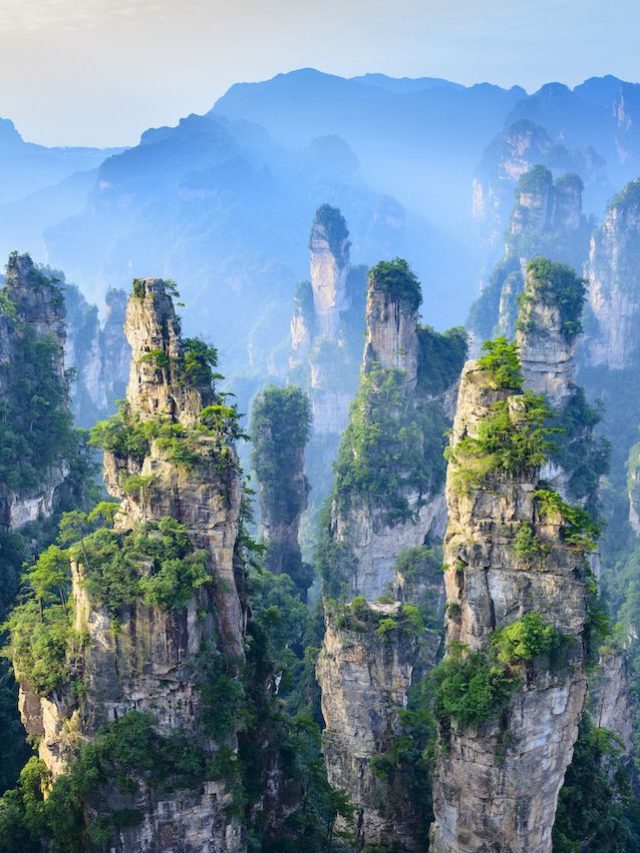The natural wonders of the world captivate with their awe-inspiring beauty and unparalleled grandeur. From the majestic peaks of the Himalayas, crowned by Mount Everest, to the breathtaking depths of the Grand Canyon’s chiselled landscape, these wonders embody nature’s creative prowess. The vibrant colours of the Great Barrier Reef’s underwater ecosystem and the cascading power of Victoria Falls illustrate Earth’s diverse and dynamic beauty. Let’s look at some of the earth’s finest visual mysteries.
1. Mount Everest
While many climbers have succeeded in reaching Mount Everest peak, many more have failed. At its summit, 8,849 (29,029 feet) meters the mountain is tucked away in the centre of the Himalayas. Everest is known as ‘Sagarmatha’ in Nepal and ‘Chomolungma’ (Mother Goddess of the World) in Tibet. Mount Everest is the highest peak on Earth above sea level and is renowned for being an extremely difficult climb. With sedimentary and metamorphic rocks making up the majority of its geological composition, this remarkable wonder is the result of 60 million years of formation. Mount Everest is a focal point for ecological research because of its severe and erratic weather, which frequently drops below -60°C (-76°F). It is home to unique wildlife, such as the Himalayan tahr and snow leopard.

2. The Northern Lights
You can view the Northern Lights (Aurora Borealis) throughout the Arctic Circle such as Finnish Lapland, Canada, and Tromso, Norway. It usually appears most vividly on dark winter nights and around equinoxes. When electrically charged solar particles strike the earth’s atmosphere, they produce these dancing lights in a dynamic display of colours, mainly greens, blues, pinks, reds, and purples. As you travel northward in the Arctic toward the magnetic pole, the intensity of the Northern Lights grows.
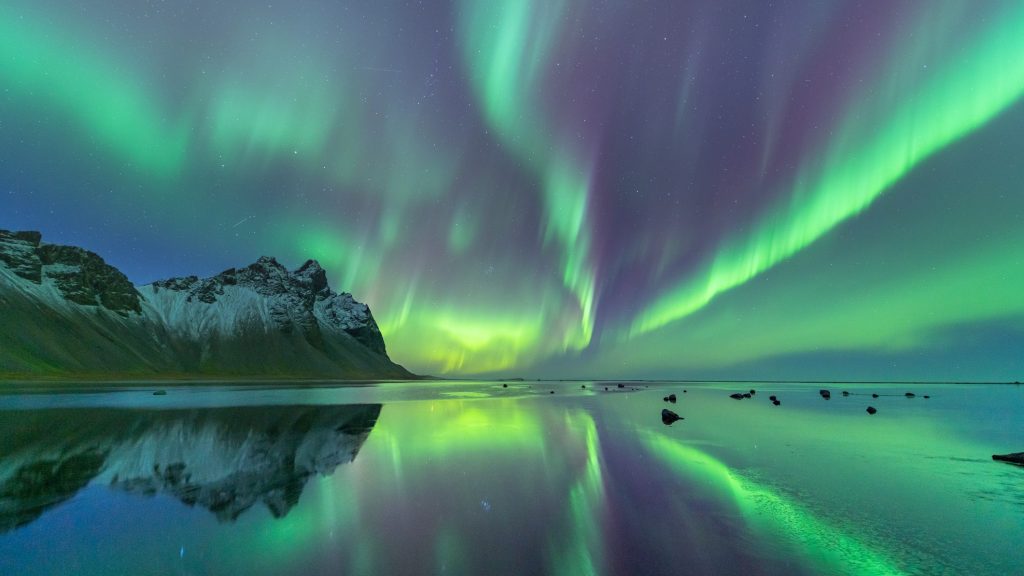
3. Grand Canyon
Grand Canyon is located in the US state of Arizona. It was created by erosion brought about by the Colorado River over billions of years. It is an astounding 446 km long and stretches up to 29 km at its widest point. The canyon walls are rich red and orange colours. Its vast and intricate rock layers provide insight into 1.2 billion years of Earth’s history, encompassing marine, nearshore, and desert environments. The Grand Canyon supports a wide variety of climates and ecosystems, which in turn support 1,500 plant species, 355 bird species, 89 mammals, 47 reptiles, 9 amphibians, and 17 fish species.
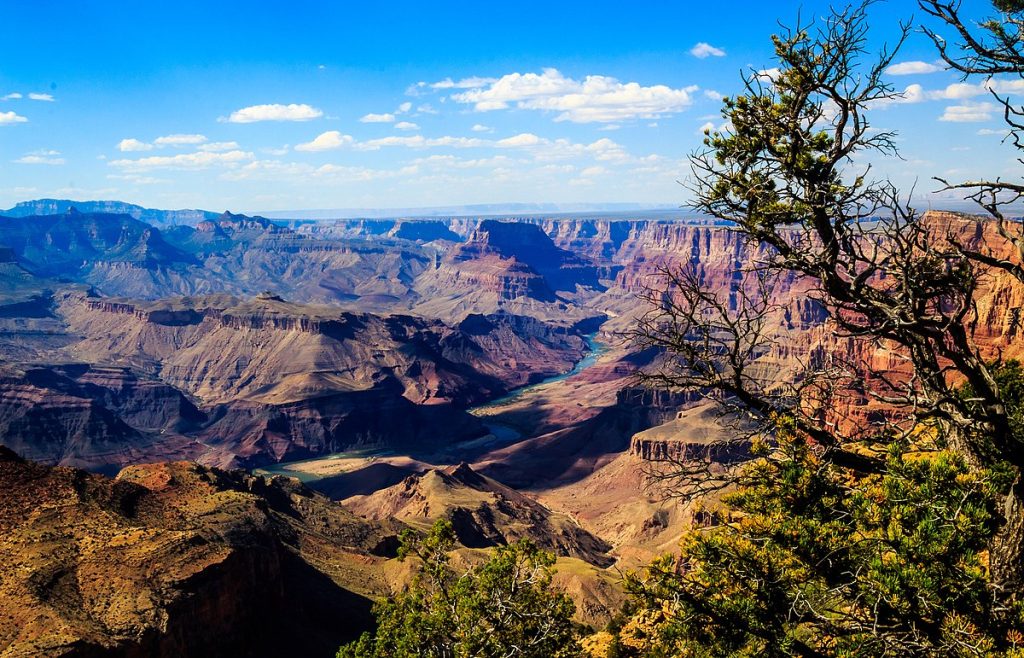
4. Great Barrier Reef
With over 900 islands and about 3,000 distinct reefs, the Great Barrier Reef is the largest coral reef in the world and supports a wide variety of ecosystems. Stretching over 2,300 km, it can be explored at the Whitsunday Islands, Port Douglas, and Cairns in Queensland. More than 1,500 different species of fish, 600 different kinds of coral, over 30 species of marine mammals, six of the seven threatened species of marine turtles, and 134 species of sharks and rays are found here. The Great Barrier Reef acts as a vital humpback whale breeding ground as well as a sanctuary for endangered species like large green turtles and dugongs. It is a UNESCO World Heritage Site.
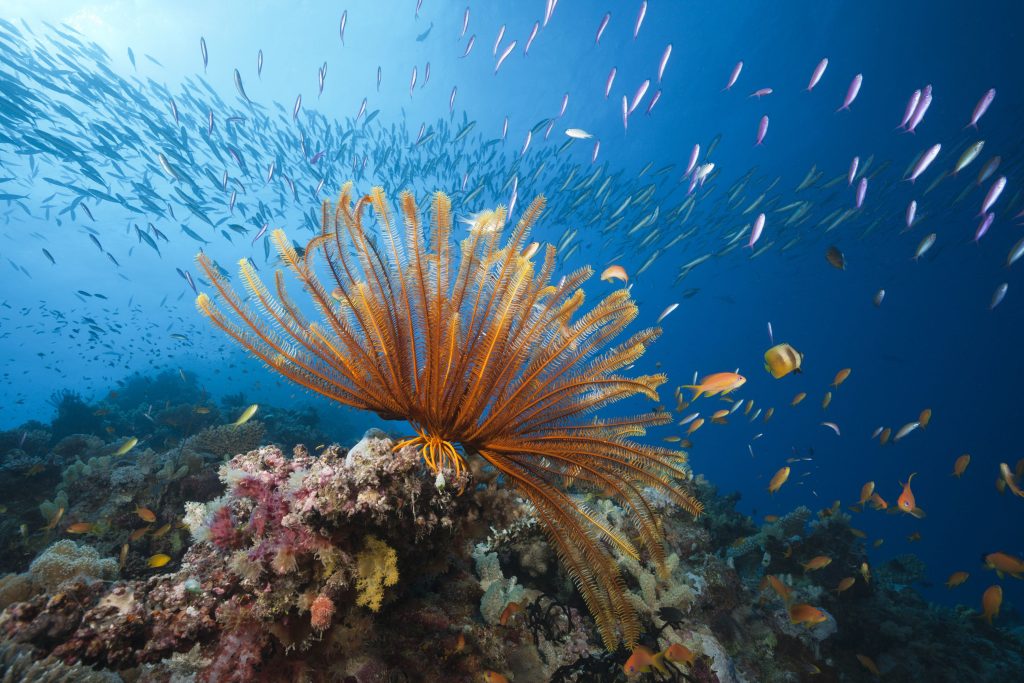
5. Victoria Falls
Africa’s Victoria Falls, locally known as ‘Mosi-oa-Tunya’ (the smoke that thunders) is situated near the borders of Victoria Falls, Zimbabwe and Livingstone, Zambia. The Zambezi River gorge below the falls spans 5,604 ft at a height of 354ft. Elephants, lions, and hippos are just a few of the many species you can spot. During the rainy season, almost 500 million l of water falls over the edge every minute. The Zambezi River and the erosion of basalt bedrock have also shaped the Batoka Gorge downstream of Victoria Falls.

6. Paricutin
Paricutin volcano is located in Michoacán, Mexico. It last erupted in 1952. Two neighbouring villages were buried by the eruption, which also altered the surrounding area, leaving behind a barren and bizarre landscape of fields covered in ash and black lava flows and sandy banks. Over nine years, Paricutin —the youngest in the Northern Hemisphere—grew to a height of 424 m and covered about 25 sq km.
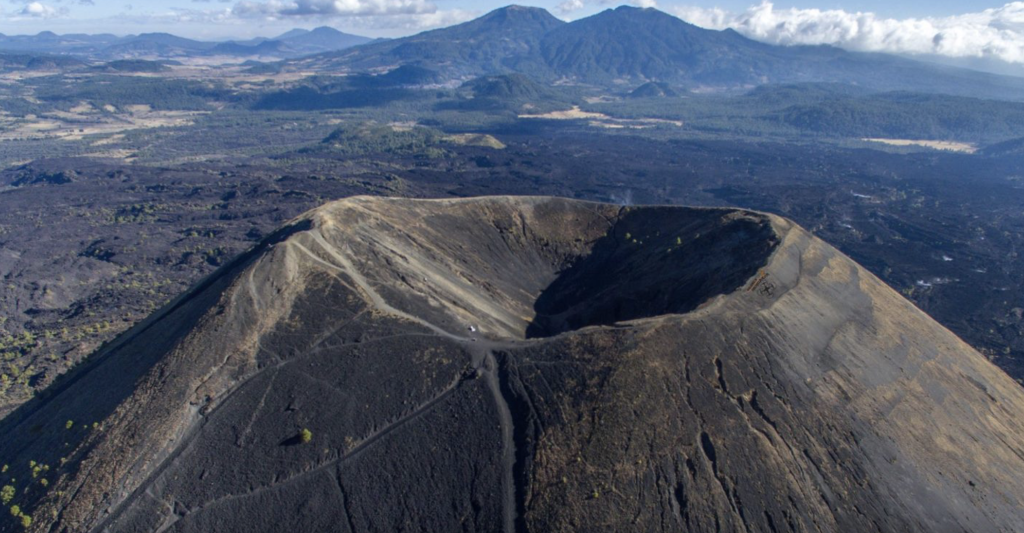
7. Guanabara Bay
Guanabara Bay, the largest natural bay in the world, is located in Rio de Janeiro, Brazil. This unusual phenomenon, which was produced by the Atlantic Ocean’s natural erosion, is atop Corcovado Mountain. From this vantage point, you can see Christ the Redeemer and the Sugarloaf Mountain. It has a surface area of 412 sq km and a maximum depth of 17 m. Guanabra Bay’s entrance is framed by monoliths and granite rock formations, creating a striking visual scene.

Image Courtesy – Matador Network


